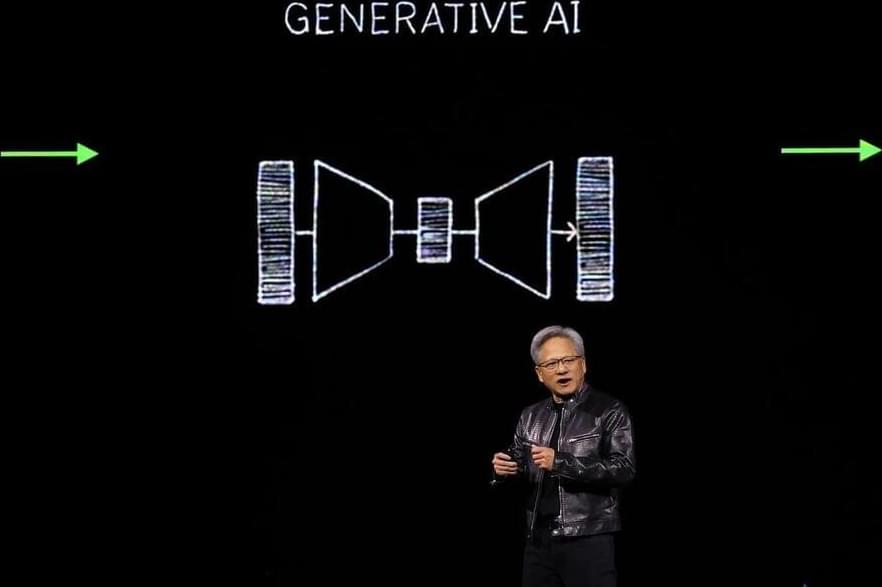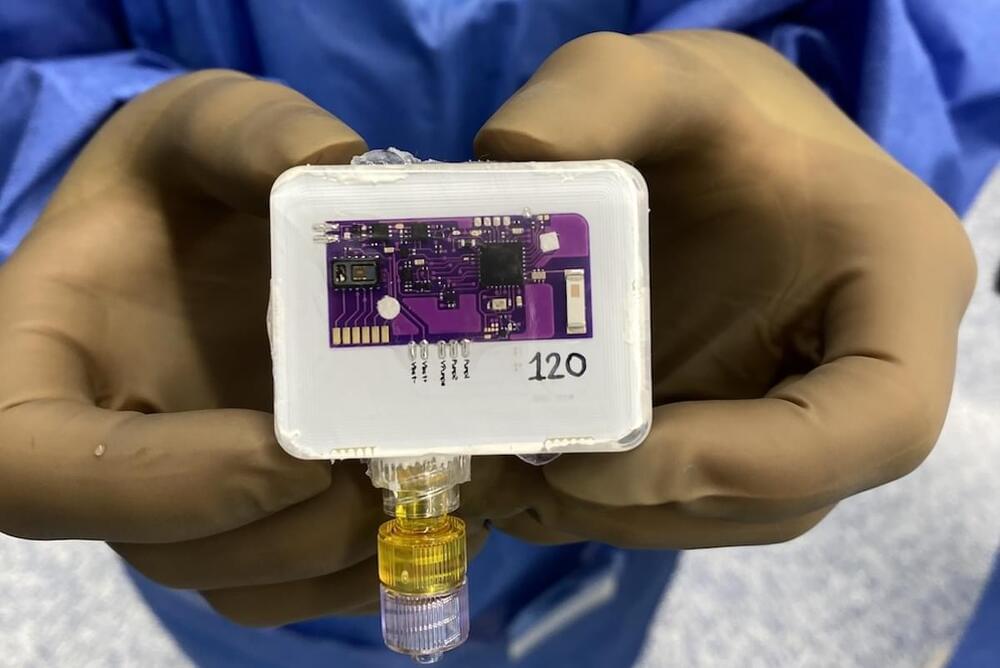NSO Group exploited WhatsApp to install Pegasus spyware even after Meta sued, controlling operations themselves, not clients, legal documents reveal.



A critical authentication bypass vulnerability has been disclosed in the Really Simple Security (formerly Really Simple SSL) plugin for WordPress that, if successfully exploited, could grant an attacker to remotely gain full administrative access to a susceptible site.
The vulnerability, tracked as CVE-2024–10924 (CVSS score: 9.8), impacts both free and premium versions of the plugin. The software is installed on over 4 million WordPress sites.
“The vulnerability is scriptable, meaning that it can be turned into a large-scale automated attack, targeting WordPress websites,” Wordfence security researcher István Márton said.


GitHub projects have been targeted with malicious commits and pull requests, in an attempt to inject backdoors into these projects.
Most recently, the GitHub repository of Exo Labs, an AI and machine learning startup, was targeted in the attack, which has left many wondering about the attacker’s true intentions.


Lung cancer is among the leading causes of cancer-related deaths globally, and one of its most prevalent and distressing symptoms is a persistent cough. It’s a startling reality that lung cancer can remain asymptomatic for far too long, with a cough being one of the first indications of its presence.
Among the myriad of symptoms attributed to lung cancer, coughing bears a significance difficult to understate. Here, we outline the basic features of a cough caused by lung cancer.

Big Tech’s AI spending continues to accelerate at a blistering pace, with the four giants well on track to spend upwards of a quarter trillion dollars predominantly towards AI infrastructure next year.
Though there have recently been concerns about the durability of this AI spending from Big Tech and others downstream, these fears have been assuaged, with management teams stepping out to highlight AI revenue streams approaching and surpassing $10 billion with demand still outpacing capacity.
Below, I take a look at the growth in AI spending from Big Tech this year and yet, as it quickly approaches the quarter-trillion mark, and next week, I’ll discuss exactly what this means for the market’s biggest beneficiary.

A team of scientists led by Northwestern Medicine investigators has created an implant capable of reversing an opioid overdose, according to findings published in Science Advances.
More than 100,000 people died from an opioid overdose in 2022, according to data collected by the Centers for Disease Control and Prevention. Synthetic opioid drugs including fentanyl have accelerated the rise in overdose deaths in the U.S. and are responsible for roughly 70 percent of all overdose deaths.
Although naloxone, sold as an over-the-counter nasal spray or injectable, can reverse an overdose, administering the medication requires a knowledgeable bystander, limiting its lifesaving potential.

